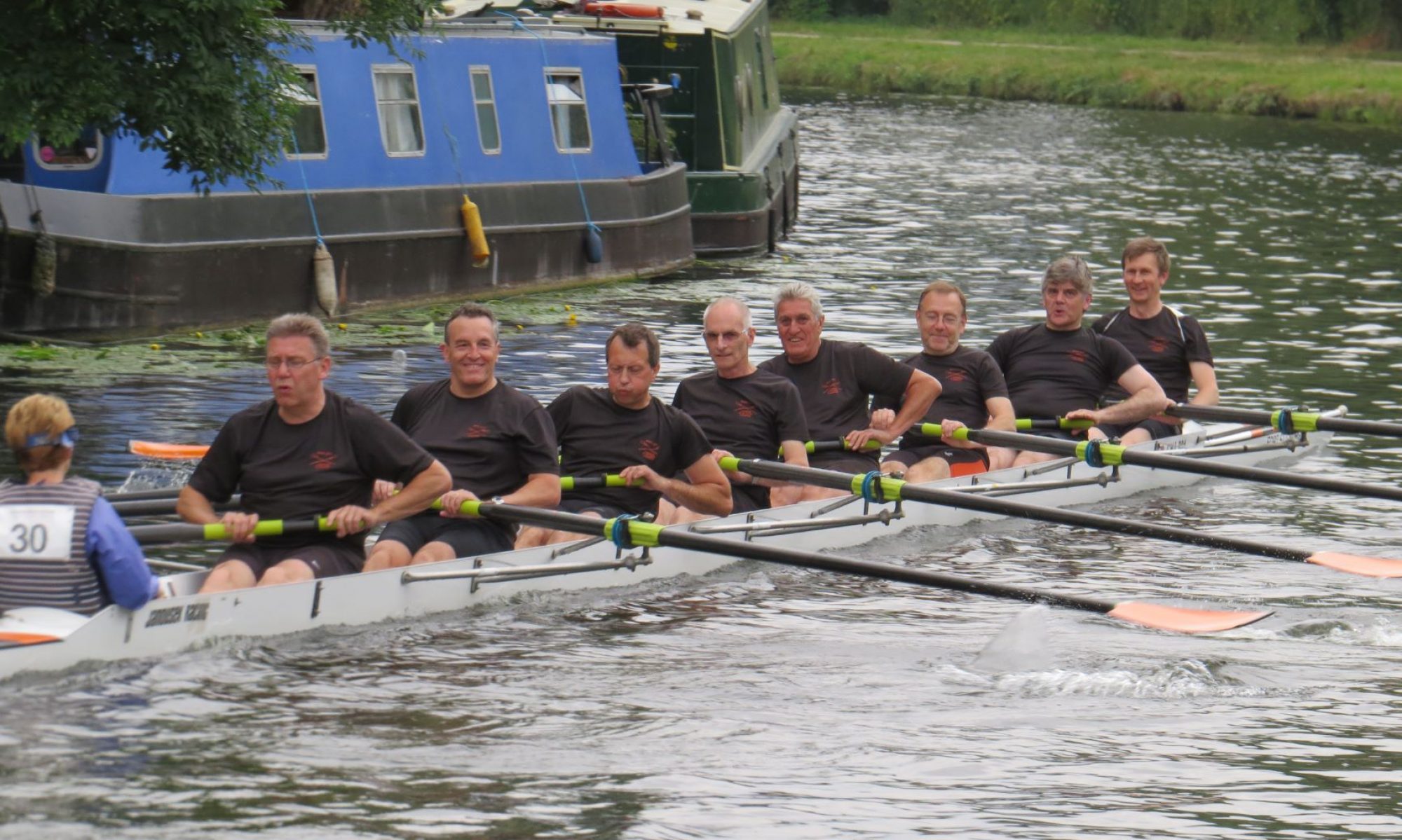Especially if you’re coxing on a crowded river, it’s likely that at some point during an outing you’ll have to come past another crew. Today I’d like to talk briefly about how to go about doing this. These scenarios all assume that you’re uncoached: if you do have a coach, don’t be afraid to use them, asking them to check around corners or to confirm that it is clear. I’ll talk more about interacting with coaches in a later post. Anyway, here’s my five-point guide to making a quick, effective and (above all) safe overtake.

Firstly, you’ll want to establish relative speeds. Make sure that you are indeed faster than the crew you’d like to overtake, and that there’s enough space for you to make the overtake safely (see below). As a general rule, see how long it takes for your crew to take a length out of the other crew – say, to move from two lengths of clear water to one length – and multiply it by three to work out how many strokes you’ll need to take to make a safe overtake.
Once you’ve established that you are indeed sufficiently faster than the other crew, start to look ahead. Ask yourself: is there room for us to make this overtake? Can I complete the overtake before the start of the corner? Are there any other crews coming up on the other side of the river that might get in the way?[1]
Next, you need to establish that the other crew is happy for you to come by. They might be about to start a piece, move to all-eight, or otherwise increase their speed, in which case you overtaking them would be a bad move for you and for them alike. The easiest way to do this is to ask clearly, ‘Nines, can we come by please?’; hopefully, you’ll get a ‘yes’ back fairly quickly.[2]
If all is going well, and you decide to make the overtake, be decisive. Don’t be afraid to take up the pressure in order to achieve it quickly, particularly if there are other crews coming up in the opposite direction, but do give the other crew enough room so as not to impede them. You don’t want to start moving back across too quickly; I’d suggest waiting until your at least level with the bow-ball of the other crew before you start to ease the rudder back on. Finally, thank the other crew with a quick ‘thank you, Nines!’ before moving on. This doesn’t take a second, and is a really good way to establish a rapport with other clubs. It’s also good practice to assume that other crews, assuming they’re sufficiently close to the bank to allow you space to come by, won’t easy or pull in blades to let you come by quickly. If they do – and they’re under no obligation to do so – be sure to thank them!
1 In Cambridge, the College clubs operate on the principle that no crew has the right of way if it is on the wrong side of the river (see rule 20). The excuse that you were ‘performing an overtake’ will not wash! [↵]
2 This is also an argument for getting to learn the blades of the other clubs using the river, as it’s far more likely that a specific call to a specific club will be picked up than it is with a call to a generic ‘eight’ or ‘four’. For clubs on the Cam, Pembroke College Boat Club have created an excellent game, Name That Blade!, whilst a much more exhaustive list can be found on OarSpotter’s Blades of the World website. [↵]

